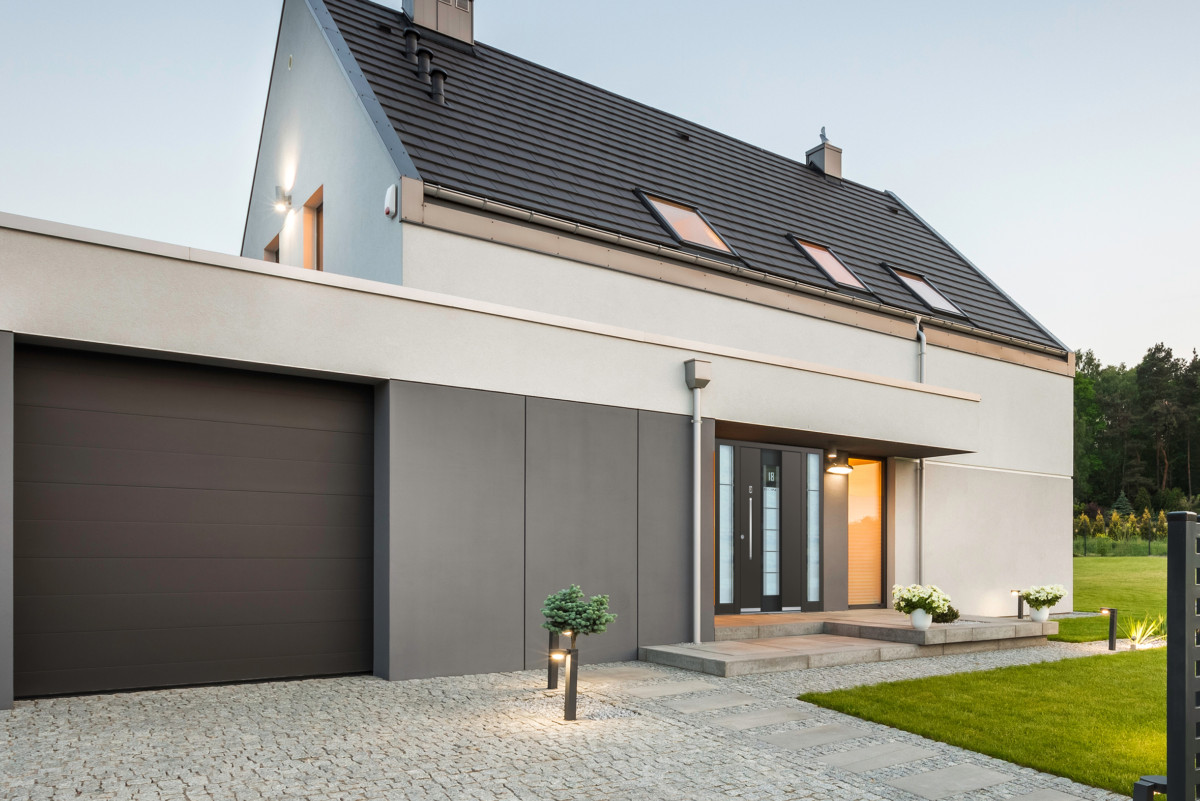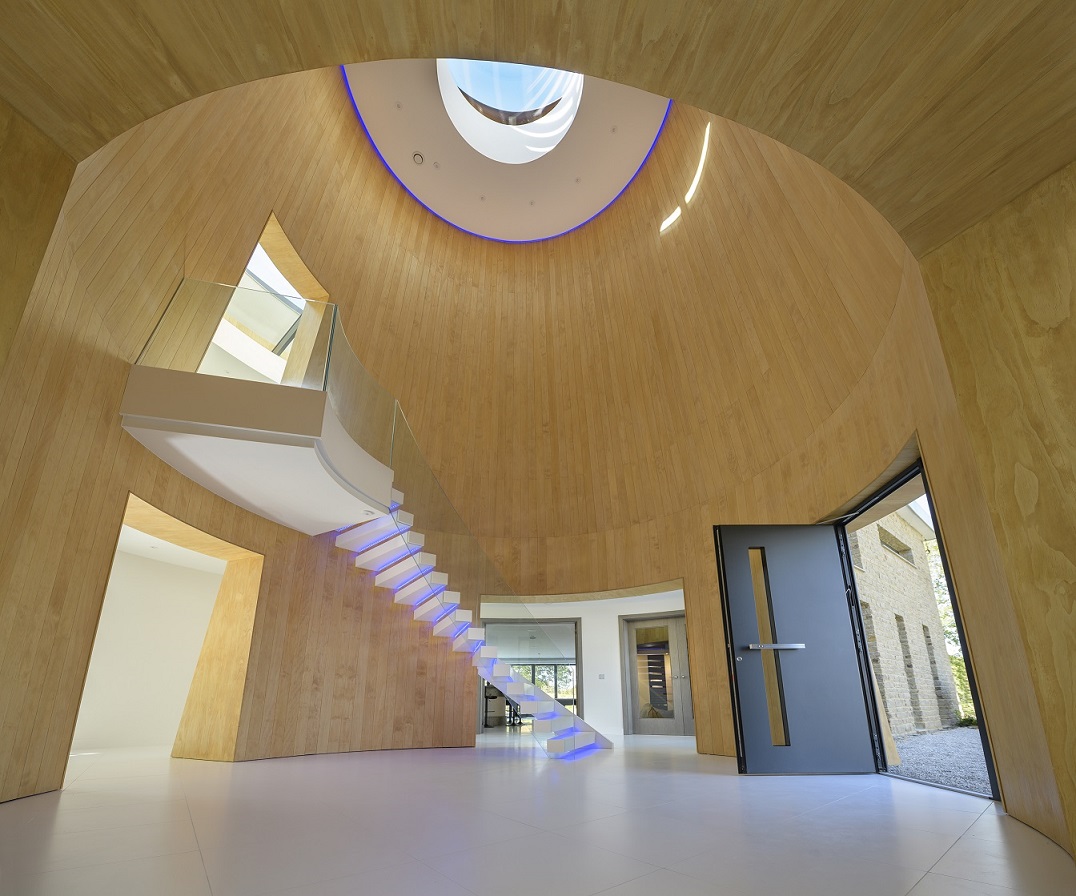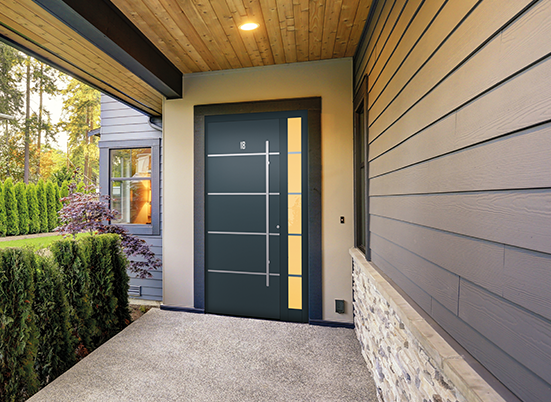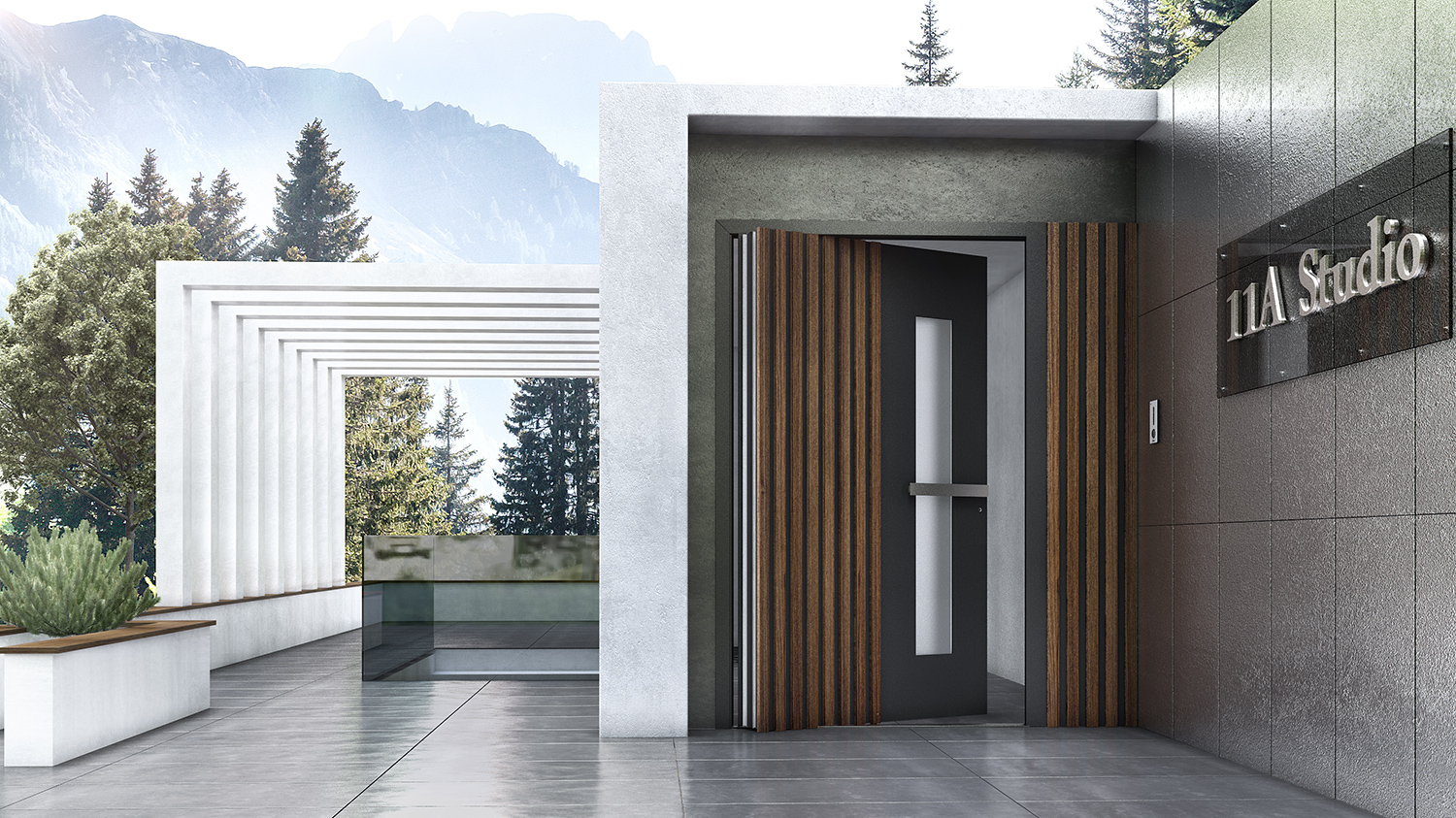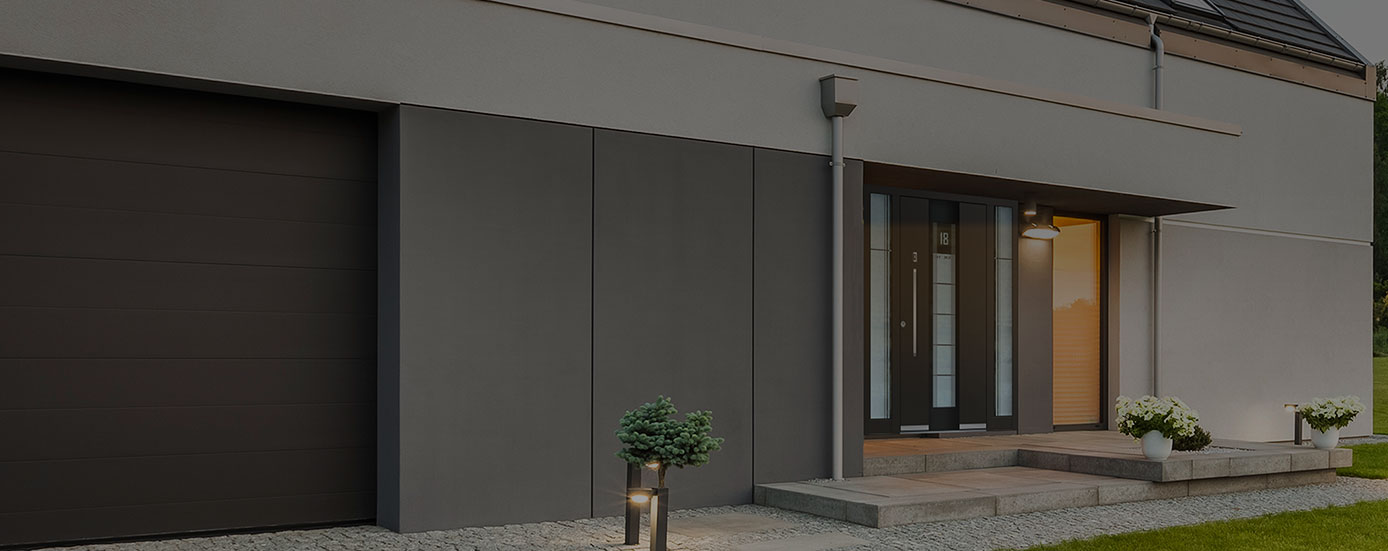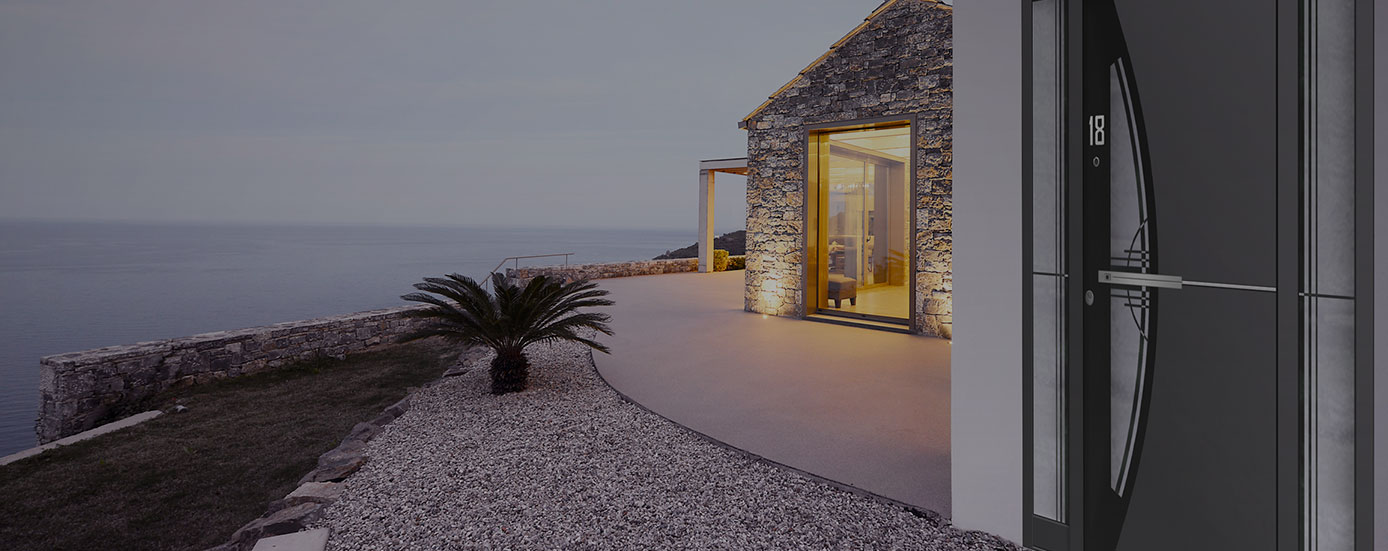Everything you need to know about Passive House in 2020
Looking to make your home more energy efficient? Or, perhaps you’re looking to build a Passive House from scratch?
With the number of Passive House standard builds increasing around the world year on year we thought we would help you understand the fantastic concept and why your next build should be Passive!
This guide will break down some common myths and all the benefits of passive and why it's leading the way in architectural technology.
Ultimately, we aim to help you make the right choice for your project.
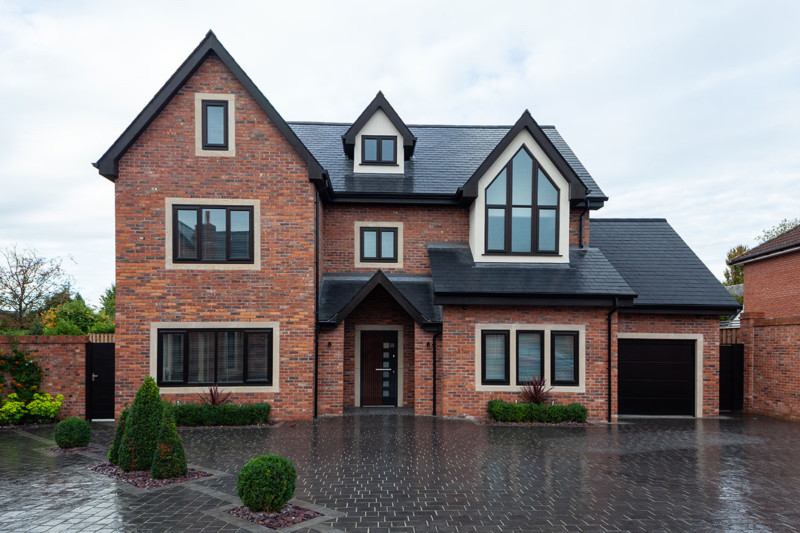
WHAT IS PASSIVE HOUSE?
Passive House (known across Europe as Passivhaus) is not a brand but instead a construction standard given to properties and designs that are energy efficient, offer exceptional air quality and ensure a small carbon footprint.
Originating in Germany in 1988, it's the result of the vision to benefit the planet and its habitants, through creating low energy properties that offer comfort and remarkable air quality and ventilation, for an affordable price without sacrificing on architecture and design.
Passive houses require 90% less energy than standard builds when heating and cooling.
In recent years, the concept has gained more recognition.
Today it holds its own specific certified building standard, maintained in Germany through the Passivhaus Institut, with over 60,000 certified builds worldwide.
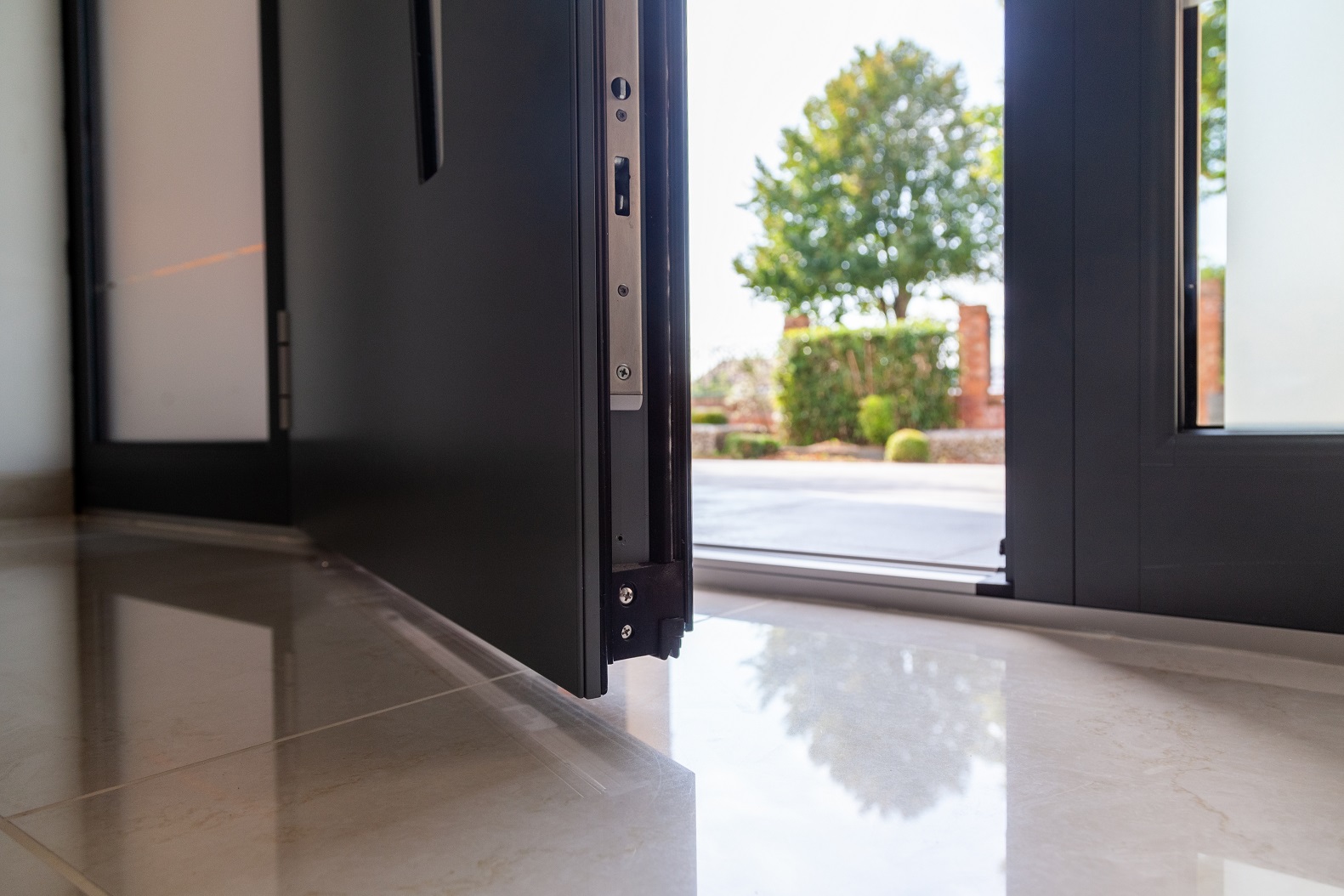
CHARACTERISTICS
- High levels of insulation
Efficient insulation is identified as the most important feature of a passive house.
Insulation must be bound around the exterior envelope of the building and beneath the concrete slab, creating a barrier between outdoor and indoor spaces and temperatures.
This maintains even temperatures throughout the year and sees buildings act almost “passively”.
Climate conditions of a build establish the correct type and level of insulation to use.
Well-insulated homes are also proven to have superior weatherproofing and soundproofing.
- No air leaks
In order to create exceptional air quality and a fresh air supply system, passive structures obtain airtight construction within the external envelope of a building.
This prevents moist room air, mitigating the chances of mould and its negative effects on air quality and building damage.
- Absent thermal bridges
Thermal bridges refer to the area of a building that has greater heat transfer and frequently occur when a break or puncture is present in the envelope of the building.
In a passive house, thermal bridges must be mitigated as much as possible, through the careful and considerate planning and execution of the building’s corners, edges and connections.
- High-efficiency doors and windows
Selecting the correct doors and windows is essential when taking steps to achieve a low-energy building.
The effectivity of doors and windows in a passive house lies in its glazing and frame technology.
Despite being seen as opposing, Passive House windows execute 2 roles. Firstly, they reduce heat loss, and secondly, they have the ability to increase heat gain.
BENEFITS
- Comfortable
Passive houses maximise comfort for all.
By heating ‘passively’, these builds provide excellent comfort levels that are consistent from room to room by keeping temperatures at the optimal level in both the summer and winter seasons, without heating or cooling systems.
Such builds also provide inhabitants with a constant supply of high quality fresh, dust and pollen free air.
- Innovative and individual
With over 40,000 certified builds worldwide and more currently under construction, this building standard is driving modern building innovation.
By demanding no set construction methods, Passive House standards give power to designers, architects and engineers.
- Sustainable
Passive House standards provide a noble way to contribute to the protection of the environment and climate change.
Compared to generic new builds, passive houses require 90% less energy.
Passive House standards offer a way to preserve non-renewable resources including gas and oil. By using reliable and renewable energy sources including the sun, occupants and everyday appliances to heat the build. Find out about net zero homes
- Energy efficient and affordable
The Passive House building standard ensures high quality builds.
As well as saving money on expensive state of the art heating and cooling systems, Passive House accredited insulation and the use of solar power generates lower energy bills and running costs.
Some Passive House standard builds have also been seen to achieve the green design ‘gold standard’, resulting in residents paying no utility bills – at all.
PASSIVE HOUSE MYTHS
Let’s bust some Passive House myths!
- You have to keep doors and windows closed in a Passive House
The most common confusion surrounding Passive houses is that you cannot open the windows.
The Passive House Institute state that every build should be fitted with fully functioning windows.
Instead their necessity to be opened is reduced as the advanced ventilation system used in Passive House ensures the right amount of fresh air enters the building.
- Passive houses are not aesthetically pleasing
Passive houses come in a range of shapes, sizes and styles.
Passive houses are not a design concept, but instead a building standard.
Therefore, Passive houses can be made to look how you want! Giving you creative power to make your own unique build just how you want.
- Existing builds cannot be refurbished to Passive House standards
Despite being a challenge to achieve the complete building standard, Passive House technology can be used to significantly reduce a buildings energy demand and usage, such as by using triple glazed Passive House accredited doors and windows.
In 2010 the EnerPHit standard was introduced to recognise energy efficient builds where the full Passive House standard could not be achieved.
Based on the these standards, EnerPHit guarantees the energy demand by the property and its quality is fit for a green future through the use of energy efficient technology and components.
Take the steps to the Passive House standard
Knowing who to turn to when taking the steps to make your next build Passive House certified can be confusing.
Here at Spitfire Doors our S-500 range of doors are the perfect first step to reduce your energy use and help you save money.
Spitfire doors have:
- U value of 0.6 W/m²K
- Very thick, thermally enhanced door slabs
- Excellent weather seals and thresholds
- Outstanding materials used in construction
Find out more about our range of doors.
Contact Spitfire Doors to discuss our wide range of doors. We look forward to speaking with you.
The Architects' guide to pivot doors 2020
Pivot doors have for some time been a popular choice amongst architects.
If you're considering installing a pivot door into your next project, then we can help.
This go-to guide from Spitfire Doors will provide you with everything you need to know about pivot doors, and how to effectively incorporate them into your architectural projects.
This guide will cover:
- The history of pivot doors
- How pivot doors operate
- Why pivot doors?
- Materials used in pivot doors
- The benefits to choosing a pivot door
- What to look for when specifying a pivot door
- Our pivot door technical specifications
Let's get started…
THE HISTORY OF PIVOT DOORS
Throughout history doors have been continually adapted to test the limits of architecture and design, creating a multi-billion-dollar industry.
Front doors are the pivotal focus of any home, with the ability to anchor its style and aspect, to make a striking first impression.
Pivot doors provide just this.
Evolving from contemporary design, this type of door has gained popularity amongst architects over the past five years, becoming the hottest entrance trend.
Today’s architectural landscape is seeing a shift in their use, from being a sole commercial product to becoming the go-to for homeowners designing or remodelling a custom home, to create a high-end and custom feel.
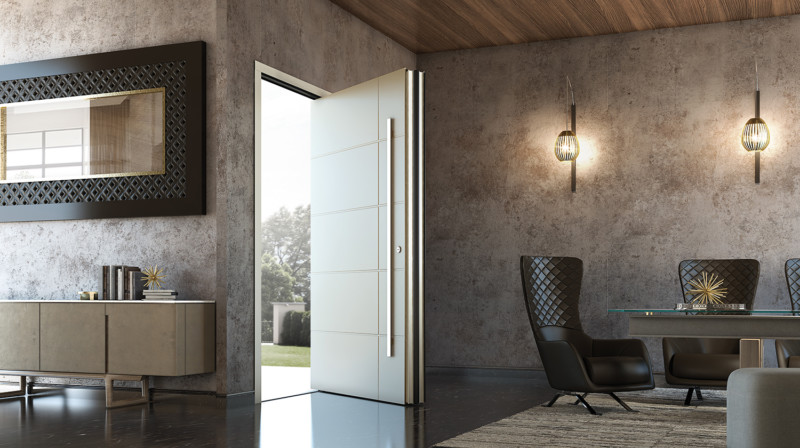
HOW PIVOT DOORS OPERATE
Unlike traditional jamb-hinged doors, which open using a side hinge, pivot doors open by rotating on a pivotal system or pivot box.
This pivoting system is permitted due to two pivot hinges which are positioned 200mm from the edge of both the top and bottom of the door.
This positioning of the pivot hinges enhances weight distribution, distributing it evenly, unlike traditional side-hinged doors.
The use of a pivot stabilises the door, by allowing the door to rotate on a point with no wrap movement.
This functionality can alter depending on its feature variations. The point of movement/pivot can be both central and asymmetrical.
This makes them functional for oversized and uniquely shaped entrances.
The practicality of the opening system of this door type is a result of the pivot box. Simply a gentle push on the door activates the pivot creating a smooth opening.
However, it must be said that these doors can see weather stripping issues.
To avoid this, pivot doors must be made from the highest quality material, be air and water tight and use an auto-drop base weather seal.
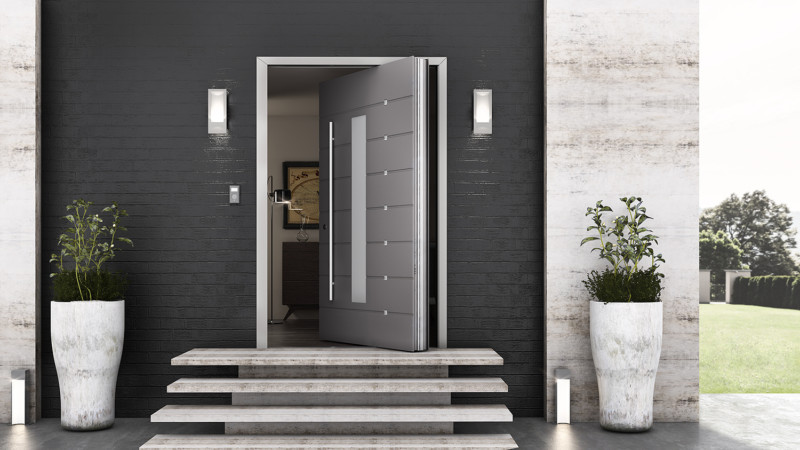
WHY PIVOT DOORS?
Pivot doors provide projects and homes with a leading-edge in terms of architecture and style.
Due to being the face of a home, it is vital the front door is utilised to make an innovative and bold statement that reflects the atmosphere and ambiance of a house.
Pivot doors combine the 2 latest home architectural trends:
- Houses with stronger indoor/outdoor connectivity.
- Facilitating this connectivity through the use of large scale doors.
The design allows occupiers to greet their guests in remarkable style, whilst the unique pivot mechanism provides a real talking point.
MATERIALS USED IN PIVOT DOORS
The materials used in the construction of this type of door are sizeable.
Products that can be utilised when creating doors include, wood, steel and most effectively aluminium.
Pivot doors can also be uniquely customised and developed to the architects needs and can include glass inserts, LED lighting or as a solid panel.
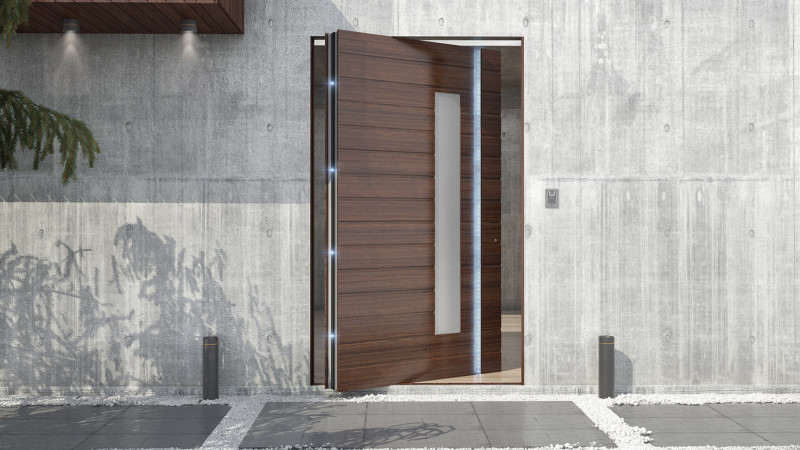
THE BENEFITS TO CHOOSING A PIVOT DOOR
- APPEAL
Whilst allowing you to make a unique entrance and first impression, pivot doors provide a luxurious futuristic feel.
The wide and playful opening of this type of door complements contemporary architecture.
- OPERATION
The operating function and design of pivot doors masks their strong and heavy nature, making them appear lightweight whilst also making a bold design statement.
The operating hardware of pivot doors can also be enhanced to alter its closure and travel speed.
Finger print entry is another option which increases security and provides convenience for its handlers.
Another innovative option is to install LED lighting which aids night time entry and use.
- SCALE
Pivot doors are custom made, providing them with the ability to be built with a larger square footage compared to traditional doors.
The dimensions of pivot doors can reach an outstanding 3 metres in height and 2 metres wide and its custom-made design provides you with the freedom to "make a grand entrance".
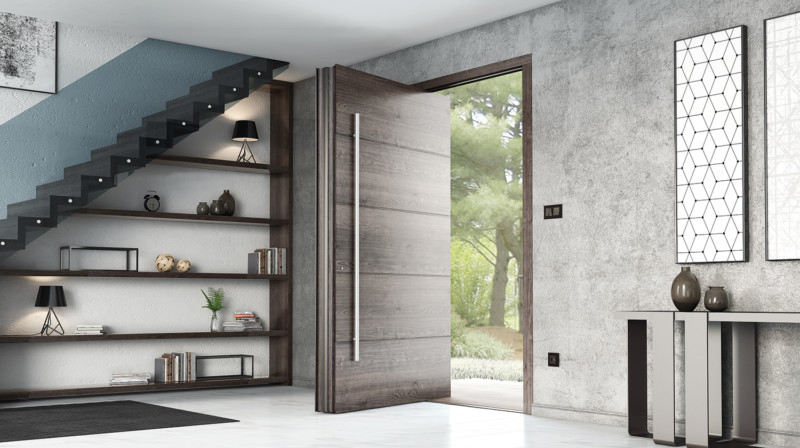
WHAT TO LOOK FOR WHEN SPECIFYING A PIVOT DOOR
Identify the overall aim of your pivot door.
Do you want simplicity, a bold statement or a high-tech design? Therefore, you can tailor your architectural needs into your custom pivot door.
Ensure the right material is selected.
Unlike traditional timber doors, aluminium pivot doors only require minor maintenance due to the nature of the material.
Use an experienced and established company with a history and real-world presence.
SPITFIRE TECHNICAL SPECIFICATIONS
Our S-700 doors come with a choice of exciting finishes including:
- Carbon fibre effects
- Glass inserts
- Built in LEDs covering the height of the door
We have of 21 doors in our S-700 range, our 1012, 1003, 1018 and 1008.
Each pivot door in the Spitfire range is provided with:
- 3mm Aluminium walls
- UD value of 1.5 W/m2k (w/m2k)
- Class 3 air tightness
- Class 1A water tightness
- C5 wind load resistance
- Soundproof to 34db
- Auto-drop base weather seal
We hope this guide has been helpful.
At Spitfire we are here to provide you expert advice to help you in choosing the perfect pivot door for you.
Call us now on: 01625 412 570
Or contact us here.
We’ll be happy to help.
Best for front doors in Macclesfield
Spitfire Doors is a family run business in Macclesfield. We're passionate about security, quality and service. We believe we offer our customers the very best doors available in Europe.
All of our front door ranges are exclusive to Spitfire Doors. We offer a bespoke design service, survey and installation to customers in and around Macclesfield.
If you live in the Macclesfield area, please feel free to request a quotation online, or email sales@spitfiredoors.co.uk 7 days a week.

Bespoke Front Door S-500 Series
Frequently Asked Questions
As you would expect from the best residential aluminum front doors in Europe, our doors are available with so many options that it’s difficult to list them all on our website. Feel free to ask us anything of course but we hope that we have answered the most obvious questions below.
Q. Are all of your products bespoke?
Yes. We do not offer standard sizes, as all of our products are manufactured to your exact requirements, designed specifically for your property. We now offer Swarovski.
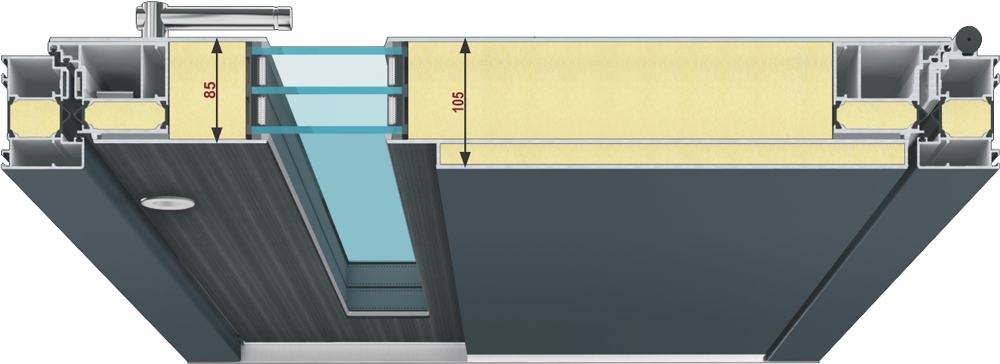
Q. Can I upgrade my locking system to enhance security? A. Yes.
There are 3 levels of lock which all offer very high security.
Level 1 - BT3: 2 hooks, 1 deadbolt, 2 mushrooms, key wind, can have door safety catch
Level 2 - BT5: 4 hooks, 1 deadbolt, key wind, can have door safety catch
Level 3 - AGU: autolock, 2 hooks, 2 hi-security pins, 1 deadbolt, autolocks when ‘pushed to’
Q. How are double doors secured? A. With Schüco Shootbolts.
The slave door is supplied with a 20mm long double shoot-bolt at top and bottom. A minimum of 10mm of each bolt is engaged into the frame head and into the threshold. The
A minimum of 10mm of each bolt is engaged into the frame head and into the threshold. The
The shootbolt system is supplied by Schüco and the bolts are simultaneously operated via a discreet lever, which is located at around chest height in the rebate of the slave door.
Q. Are Spitfire S-500 Series doors SBD or Document Q compliant? A. Yes
The S-500 series has been tested and passed the stringent ‘Level 3’ testing at IFT Rosenheim in Germany, the leading European Test House. They have also been tested and passed the standard required for
They have also been tested and passed the standard required for new build, Document Q of Building Regulations by The British Standards Institute (BSI).
Q. Does the S-500 Series meet the latest revisions of Building Regulations? A. Yes.
All of our doors fully comply with the latest building regulations in England, Wales, Northern Ireland and Scotland.
Because our doors are manufactured on the Continent of Europe where building design and thermal regulations are more advanced we believe are doors are future proofed against advances in our local standards for many years to come.
Q. Do S-500 Series doors have Safety Glass as standard? A. Yes
We only supply doors with Safety Glass. Our glazing is almost always triple glazed with the following specification: Outer pane 6.4mm laminated, middle pane 6mm float, inner pane 6.4mm laminated.
Q. Can I have automatic unlocking? A. Yes
With our electromechanical locking system, incorporating fingerprint recognition or a key fob you can unlock the door, to an open-ajar position.
When you simply push the door closed the lock will automatically operate and the hooks and bolts throw, engaging deep into the keep.
Q. What about automatic opening? A. Yes
Our ‘Advanced’ AGU auto-system can be programmed to unlock and open the door to approximately 120 degrees.
The door will usually be programmed to stay open for 30 seconds and will then gently close and autolock.
If the fingerprint reader or keyfob is activated again whilst the door is automatically closing, the door will pause then fully re-open again for a further 30 seconds.
Q. Who makes the automatic opening gearing and is it reliable? A. Geze and Yes.
Geze are world leaders in door opening technology and their systems are regularly used on some of the most prestigious projects in the world.
Check them out on www.geze.com.
The drive gear for your door will be discreetly located in the head of sash.
Q. Can you fit sensors to protect children and pets on automatic doors? A. Yes
We can fit ankle height ‘magic eye’ sensors to stop an automatic door closing if there is an obstruction.
Q. Can I still open my door in the event of a loss of power? A. Yes
Our advanced automatic opening system has a 30 minute battery back-up.
And remember, you can always override all auto-systems with your key. Every S-500 door has a key as for back-up.
Q. Does auto-unlock work during a power cut? A. No
You have to use your key to operate the lock but every door is supplied with 5 keys.
Q. Are the doors over-rebated to protect against wind and rain? A. Yes
Both internal and external faces of the door leaf are rebated to provide maximum weatherproofing via the door seals.
Q. Is there a choice of outerframes? A. Yes
but we prefer to offer only one AT100 is our standard outerframe which is 90mm deep with a chamfered finish.
Q. Do Spitfire S-500 doors have thermally insulated profile options? A. Yes
Our standard ‘Exclusive’ range of S-500 doors has an insulated sash but not outerframe and this product has a low (very good) thermal value of 0.9 W/m2K.
Our S-500 ‘Exclusive Plus’ range is insulated in both frame and sash and has a stunningly low thermal value of 0.7 W/m2K which is better than Passiv Haus.
Q. How many people can get access via a single Fingerprint reader? A. 1000
Our readers can store 1000 fingerprints and it is easy to record new prints yourself by nominating a ‘master’ fingerprint.
All it takes is an impression from the ‘master’ then 3 impressions of the new finger to record a new person.
These systems are ideal if you wish to give access to your extended family or if secure and reliable access is required for a block of apartments.
Q. Can the reader be used to open another door? A. Yes
A reader in our Genius Comfort 1 range has a double relay and can be programmed to operate 2 doors from the same reader. So you could open your front door with one fingerprint and an adjacent garage door with another.
Q. How reliable are Spitfire Fingerprint Readers? A. Very
Spitfire units have been developed in conjunction with Siemens of Germany and we have sold thousands of units across Europe, which are still in daily use.
All units come with a full 2 year warranty and it is relatively easy and not expensive to replace old units when the time comes.
Ours is a capacitive fingerprint sensor which is very simple to operate because all you have to do is press your finger on the sensor.
This is much better than "pull or swipe" sensors where you have to be careful how quickly and from which direction you pull your finger over the sensor.
The Spitfire reader will identify moist, dirty, greasy and slightly injured fingers and will open the door in 1.2 seconds.
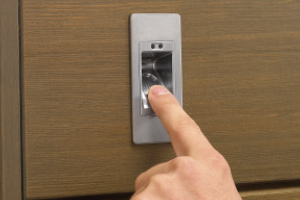
Q. How safe is Fingerprint Recognition? A. Very
We use secure technology developed in conjunction with Siemens of Germany.
Our reader does not save an impression, so there is nothing to hack. Spitfire systems are very safe and can even be configured to trigger a silent alarm.
Q. And if I don’t trust fingerprints? A. Use our codepad of a Spitfire Keyfob
Our codepad is very easy to use and is a modern unit incorporating advanced technology.
All buttons are capacitive and are only activated when they come into contact with your finger tip, like an iphone.
The advantage of our keypad compared to classical keypads is that they do not get worn out or show wear on certain numbers, even after longer periods of use; a common problem with conventional keypads.
Q. Can I control who has access to my home? A. Yes
We have the option of a computerised control system which allows you to decide who can enter and at which times, via their fingerprint. So for example; you can allow your cleaner to access between 9am and 5pm, Monday to Friday only.
Q. Can I open my door via Smart technology on my mobile phone? A. Yes
Simply connect your mobile device to our bluetooth technology and when you approach the door you can activate the auto-unlock using your phone keypad.
Our bluetooth system has an unique PIN code and up to 100 smart devices can be added.
Q. What are the size limitations on single doors? A. See table below
Minimum size: width 850mm and height 2000mm
Standard doors: maximum is 1260mm wide x 2250mm high
Large doors maximum 1100mm wide x 2251-2500mm high
XL doors maximum 1100mm wide x 2501-2700mm high
Q. Can my door open outwards? A. No.
Q. Are your products suitable for commercial use? Yes.
Many of our doors have been installed in commercial premises like apartment blocks and homes of multiple occupancy.
They are designed to withstand many years of constant use even in high pedestrian traffic zones.
Q. Are S-500 Series Doors easy to install?
For an experienced fitting team they are very easy because the profiles are so rigid.
However, it is a 2 person job and sometimes more people than that are required to help move the door into position because of the weight of the door.
We would recommend that only trained Spitfire Door Designer Partners carry out an installation.
Q. Do doors come fully assembled? Yes.
Doors are supplied with all parts fitted and all components glazed.
Sidelights and toplights have to be de-glazed for installation.
Q. How many wood effect finishes are there? A. 20
The range is very wide and we can usually match all wood types.
Q. Will my wood effect fade? Almost imperceptibly but yes over years.
We like to compare our paint and wood effect finishes to automotive finishes.
Just like your car, over many years there will be degradation in the finish due to exposure to ultra violet light, but as with your car you will probably never notice.
Q. Do you have a low threshold? A.Yes
All doors are supplied as standard with a 20mm high thermally broken aluminium low threshold.
Be aware that this threshold provides only 10mm of cover internally between the top of the threshold and the bottom of the door sash – please think about your finished floor level - carpets, tiles, parquet flooring etc. very carefully!
Q. Do you have threshold (base) packers? Yes
We have a 5mm anodised aluminium packer and a 30mm aluminium base packer which can either be supplied in an anodised finish to match the threshold, or can be powder coated the same colour as your door frame.
Q. Which elements are provided by market leader Schüco? A. Many
All aluminium profiles which are unique to S-500 Doors, all hinges, shootbolts and all thresholds.
Q. Are the hinges adjustable? A. Yes
Multi-adjustable in 3 planes and are probably the most adjustable entrance door hinges in the world.
They are very high quality and on XL doors we fit 4 hinges, 3 on all other doors. They can be supplied in satin, white or black.
Q. If I order built-in LED lights, how do they work? A. Very simple
Spitfire S-500 Doors will come pre-wired and you just need an electrical spur to wire into.
LED lights can also be fitted in handles and all LED’s come on at dusk and go off at dawn and only cost pennies to run per day.
Q. Can I have a letterbox on an S-500 Series Door? A. Yes and No
We will never put a letterbox within a door leaf because it would destroy the thermal value and could compromise security.
We offer a range of high quality German letterboxes that can be fitted in a side panel or on a wall or we can offer a Renz letterbox system in a sidepanel.
Q. How heavy are S-500 Series Doors? A. 100kg.
A door with 2 sidelights is circa 200kg. However, all Spitfire Doors are surprisingly light to operate when installed.
Q. How long does an installation take? A.
This will depend on the size and configuration of the door, the site access, property condition and whether the door is replacing an old door or is going into a new aperture.
But, as a general rule installations take a day. If your project is particularly large or complex our Design Partners will advise you
.
Q. What is the lead time for a door? A. 8 weeks.
From receipt of full payment your door will be delivered in 8 weeks, usually on Spitfire transport.
For very large units we do use specialist transport and we require customers to have a forklift to unload.
Q. At what stage do I need a site survey?
Ideally your aperture or opening will need to be formed and the finished floor level clearly marked.
This will allow your surveyor to know exactly what to measure too.
It is possible to carry out a survey without the opening being ready however the manufacturing sizes will need to be agreed and signed off by you before manufacture takes place.
Q. Is there a range of glazing options? Yes
As standard, our doors are triple glazed with laminated safety glass, inside and out. We can offer double glazed side lights but our standard specification is triple glazed, the same as the door itself.
Q. Are the doors difficult to maintain? No.
Our S-500 Series doors are virtually maintenance free. The only maintenance required is keep the threshold free of debris, keep the door clean using warm soapy water and every 6-12 months lubricate the lock.
Q. What extra maintenance is required in a Marine environment?
Doors situated close to the sea are under constant attack from sea-salt. It is vital that every week external surfaces and hardware are washed down with warm soapy water. If you damage stainless steel hardware it will corrode and your warranty will be invalid.
Q. What guarantees do you offer?
We offer a standard guarantee on all doors which warrants that our doors will be free of defects in aluminium material, design and workmanship for 10 years. All hardware and biometric systems are warrantied for a period of 2 years only
Q. Is the coating suitable for a marine environment?
Yes, our Aluminium Entrance Doors are powder coated to Qualicoat standards which is a commercial application guaranteed for 25 years.
In marine environments such as a home on the coast the salt in the air can corrode the powder coating.
To alleviate this we ‘marine grade’ the powder coating which is a slightly different grade of coating and we also treat all corners, joints, and mitres to prevents any corrosion and guarantees the finish even in the harshest coastal environment.
Q. Do you cover the whole of the UK? Yes.
Visit our Spitfire Showrooms - we service the whole of England, Scotland, Wales, Northern Ireland, Ireland and the Channel Islands..
The ultimate guide to buying a front door in the UK - 2020
Are you looking to replace your existing front door?
Or, perhaps you're looking at choosing a front door for a new build?
There are many options available on the market in the UK.
In this guide (updated for 2020) we'll attempt to help you make the right choice for your project.
What we'll cover:
- Door styles
- Common door materials
- Colours & finishes
- Front Door Options
- Environmental and Thermal considerations
- Security
- Technology
- Maintenance
- Guarantees
- European testing
- Price & budget
- Measuring for your door
- Choosing a supplier
Lets begin...
Door Styles
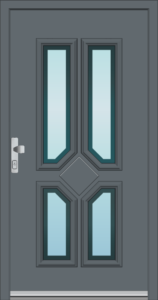
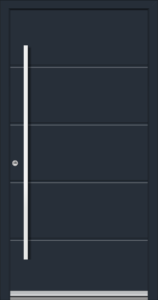
Choosing a front door largely comes down to pairing it with the style of your house or building.
For instance, if your house is a Victorian Semi-detached, in most (but not all) cases a traditional style will suit your house best.
Most doors can be categorised by the following styles:
- Contemporary / modern
- Traditional
Our advice when choosing a style is to decide what will work best with your house. It may seem obvious, but it's a mistake made by many people.
Get this decision wrong and no matter what else you choose for your door, it will not work in harmony with the design of your home.
The style is VERY important.
Choose wisely.
If you would like to speak to an expert, we are here to help.
Common door Materials

Front doors are available in a variety of materials.
Here are some of the more common:
- Timber / wood
- Solid wood
- Aluminium
- Composite
- uPVC
As opposed to style, choosing the material of your front door can be more about your personal taste.
Having said that, each material will come with its own characteristics, with individual drawbacks and benefits.
For instance:
Timber looks great on modern houses, but can look out of place on some traditional style homes.
Solid wood styles can work great on both contemporary and traditional houses.
Aluminium again tends to work best in a modern setting.
Composite will work in both traditional and modern style houses.
uPVC also works well in both Traditional and modern styles.
Our advice is to think about the options and colours and finishes you may want.
Some options may only be available to certain materials.
For instance, if you are concerned about security and are interested in Keyless entry options, Aluminium would be the best choice.
Colours & finishes
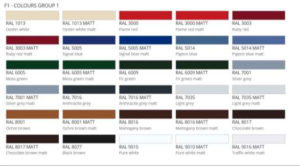
Solid doors can be painted almost any colour to suit the design of your home.
Timber doors are also available in a variety of colours, finishes and types of wood. Cedar can be finished in Honey, ash, crimson and brown.
Aluminium can be customised with standard RAL colours or a special RAL colour in gloss or matt versions.
Our Spitfire S-500 Series have a baked-on powder coated paint finish which guarantees colour durability, weather resistance and low maintenance.
uPVC doors will for the most part only be available in white, and offer limited options.
They will however be least expensive option for those working to a tight budget.
Front Door Options
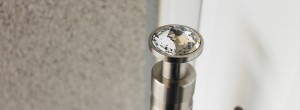
Happily, many options are available to door shoppers these days.
Most manufacturers will offer the following options:
- Handles (Horizontal or vertical bars)
- Glass / lights (side and top lights usually refer to the glass panels at the top or either side of the door. This largely depends on the space you have available at the front of your house.)
- Locks - Keyless entry (more on this later), German engineered precision locking systems are available on most high end Aluminium and Timber doors.
- Crystals - For a more ostentatious look, Swarovski Crystals are a great choice.
- Automatic opening options
Choosing front door options is often the fun part of the door buying process for many customers.
Have fun but keep your budget in mind.
Environment
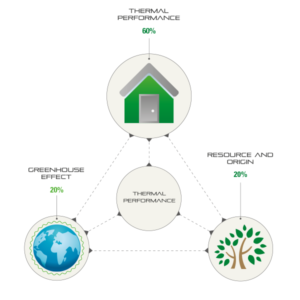
The environment is an important consideration. Insulating your home has never been more important.
Don't let your front door be the weakest link when insulating your home.
Modern doors can beat or rival the insulation capabilities of cavity walls.
There is also Passive House standards to consider, but more on that here.
The S-400 Series from Spitfire doors has U value of 0.77 W/m²K!
But what is a U value when its at home?
Read on...
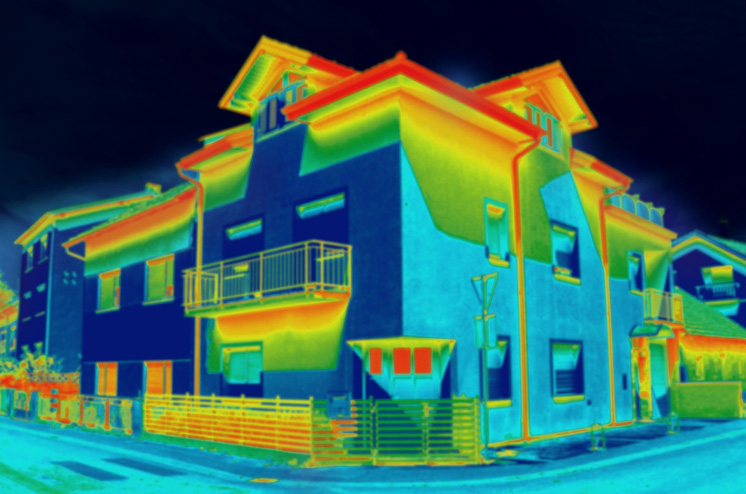
Understanding U values
U-values are a measurement of a materials effectiveness as an insulator. The lower the U-value is, the better it's insulating properties. For example, a cavity wall has a U-value of 1.6 W/m²
When choosing your door, insulation should be an important factor if you are looking to save money on heating bills (who isn't?)
U-values are scarcely mentioned by fibreglass and uPVC Composite Door manufacturers due to their construction. Most Timber doors offer very poor insulation and wooden doors struggle to attain any U-value.
Look for a value below 1.0 or less and you will be on your way to a warm home at night.
Security

Most contemporary front doors will offer security of differing levels. A high value home will certainly benefit from additional security.
Some doors are guaranteed to be virtually burglar proof.
A good way to tell if a door is secure is to look for Document Q compliance.
What is Document Q?
Document Q is now part of Building Regulations and sets out standards for doors and windows in all NEW residences.
More from YALE about Document Q compliance
Door Technology
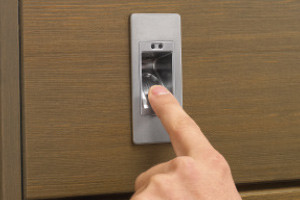
You can upgrade the anti-burglary security on aluminium doors in a number of ways:
- Automatic lock with fingerprint recognition
- Keypad entry
- Bluetooth entry (from your mobile phone)
You can also add LED lighting to aid night time entry.
This can also look very stylish.
Front Door Maintenance
Looking after your front door is absolutely key to retaining its effectiveness in all aspects of its use.
Some simple rules we advise you to follow are below:
- Doors should always be opened and closed in accordance with operating instructions.
- The best method of cleaning aluminium doors is by regular washing using a solution of warm water and mild detergent. All surfaces should be cleaned using a soft cloth or sponge, using nothing harsher than natural bristle brushes.
- Stubborn marks on powder coatings can be removed with methylated spirits.
Guarantees
Most doors suppliers and manufacturers offer guarantees of some kind.
For example, Spitfire Doors offer a full marine guarantee.
Check with your supplier for details before purchase.
What is a marine guarantee?
A marine guarantee relates to products in locations close to the sea.
Salt is not friendly to doors and most companies avoid offering a warranty against it.
Look out for this particularly if you live on or near the coast.
European testing
IFT Rosenheim is the leading European test institute and is located in Germany.
It is recognised as the standard across continental Europe.
What does it involve?
Basically, in a laboratory the door is exposed to varies extremes of weather (wind and rain) and attempted intrusion. In the UK we do the same at BSI, and we test to the level stipulated in the UK Document Q (which is equivalent to the Rosenheim in Europe). All doors now fitted into a new build have to conform to Document Q.
Price
Prices for front doors will vary depending on the material and specification you need.
Typically you can expect to pay around:
£1.5k for a composite door.
£3-5k for a traditional wooden door.
£3-6k plus for a quality aluminium door.
Decide carefully what your needs are and budget accordingly.
How to measure for your new front door
We have put together this handy guide to measuring for your front door.
https://www.spitfiredoors.co.uk/faq-items/how-to-survey-and-measure/
Choosing a front door supplier
Look for an established company with a real world presence or showroom. If you are spending a lot of money on the front door of your dreams you'll want customer service to match. There are many suppliers out there so there is plenty of choice.
Choice is good.
But beware of internet only suppliers, or suppliers who are difficult to get hold of on the phone.
Call or even better, visit the dealer and they'll talk you through the buying process.
We hope this guide has been useful.
We are always on hand to offer expert advice when choosing your door.
Call us now on: 01625 412 570
Or email: sales@spitfiredoors.co.uk
We'll be happy to help.
